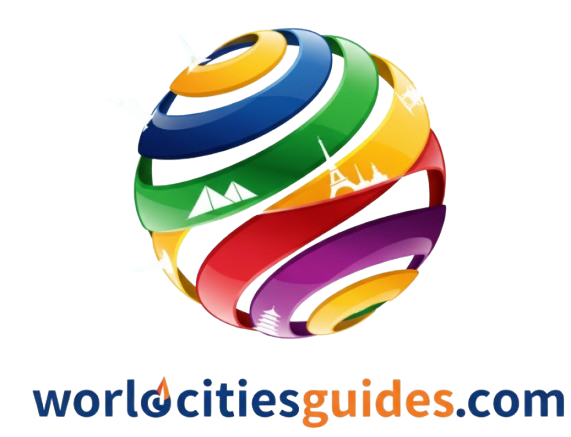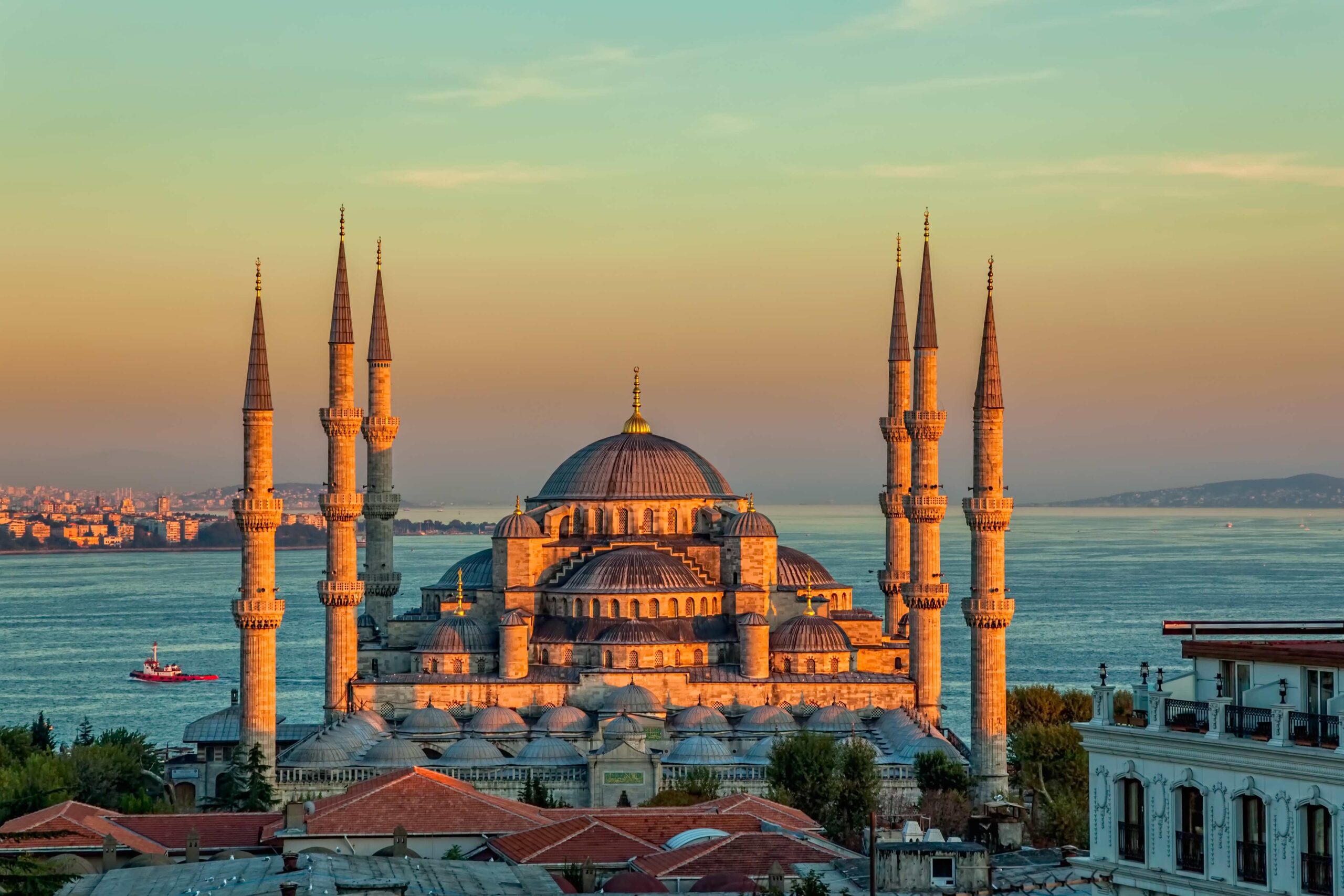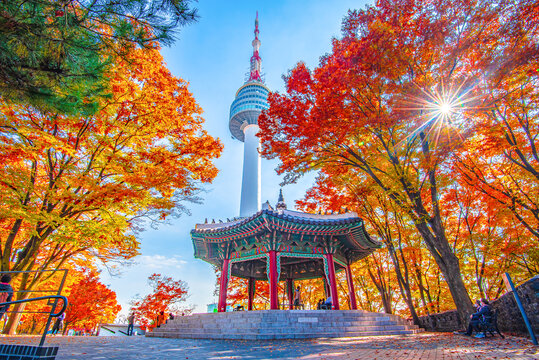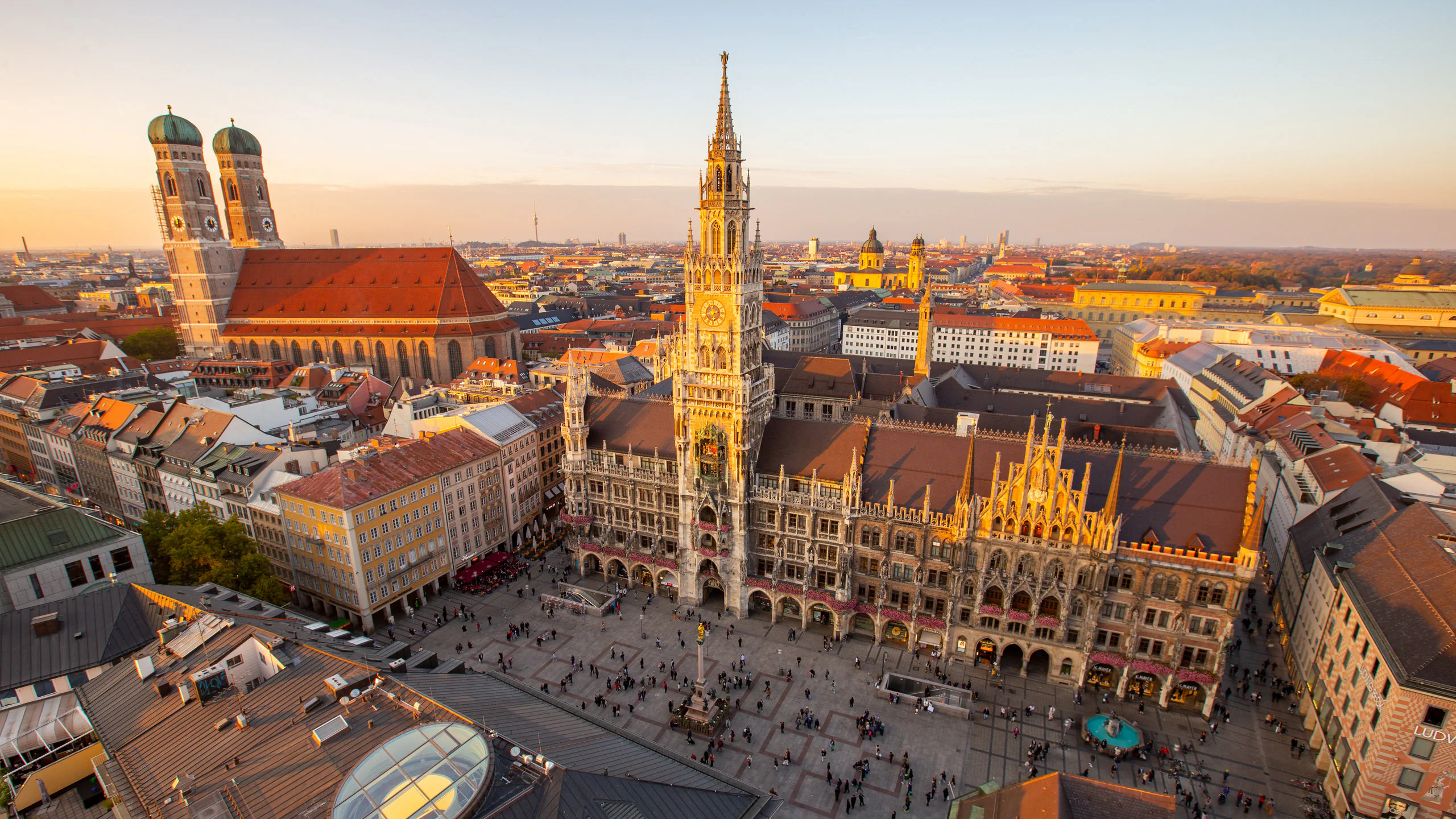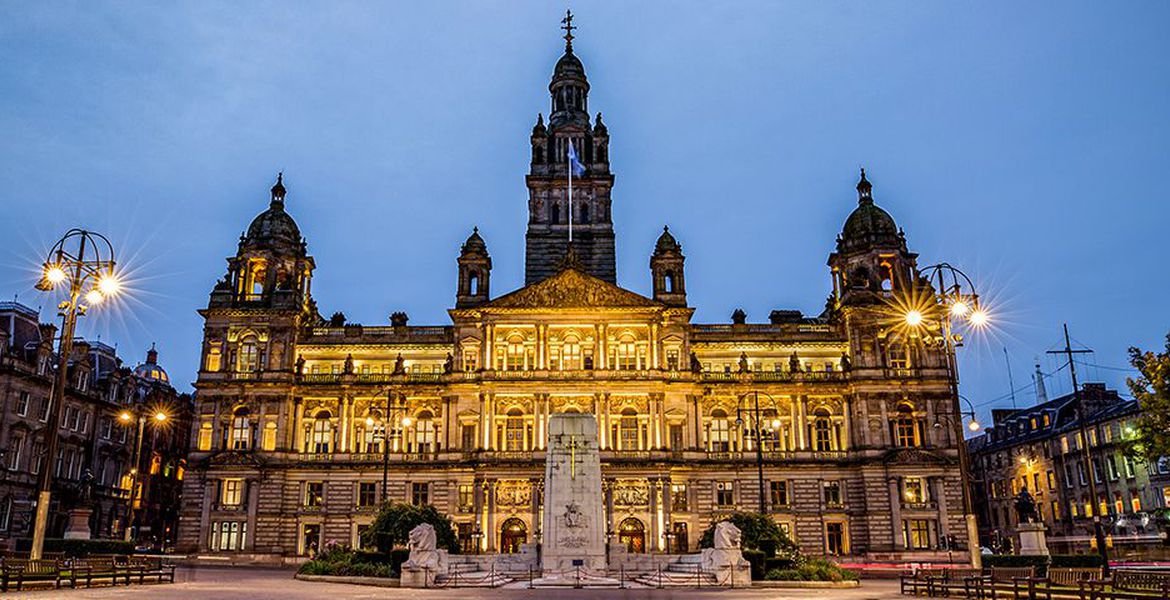There are some cities that feel historic in every nook and cranny, and Istanbul is one of them. Perched on a couple of continents—Europe and Asia—it has been an amalgam of cultures, religions and civilizations for eons. It’s said that in Istanbul, you can sense history beneath your feet as you walk the streets — and for good reason.The city today is a bustling metropolis, thriving while holding onto its long-rooted exotic traditions.
A GLIMPSE INTO INSTANBUL’S HISTORY
Istanbul dates back more than 2,500 years. Established in 660 BCE as Byzantium, the city is most memorably linked to Roman Emperor Constantine the Great when he rebuilt it as Constantinople around 330 CE. For several centuries, the city served as an imperial capital for various empires; first known being the Roman Empire, then the Byzantine Empire was its capital; it was known in Latin as “The City of Seven Hills”, taking a name that referred to Rome.
The city’s story changed dramatically yet again in 1453, when the Ottoman Empire, under Sultan Mehmed II, captured it. Renamed Istanbul, it grew to become the capital of the Ottoman empire in the strength and vibrancy that reflect a union between Islamic, Byzantine and Ottoman heritage. TURKISH TIME Perseverance was and is, in fact, a way of life for the city we now know as Istanbul. Today this conflicted history survives as medieval palaces and churches lie not far from mosques and bazaars on busy modern streets.
POPULATION AND LANGUAGE
Istanbul is Turkey’s biggest city and holds approximately 16 million in population, it is one of the world’s largest cities. It is a tapestry of peoples from various ethnicities, religions and cultures originating from Turkey (both Asian and European parts) and elsewhere. The city thrives on the migration, students and professionals that it draws.
The primary language spoken in Istanbul is Turkish a beautiful melodic language rich in words. But with Istanbul’s international makeup, lots of people speak other languages as well; particularly in touristy areas you will find English speakers but also French, and German or Arabic. This polyglot atmosphere means the city is a welcoming home to visitors from everywhere.
CURRENCY AND ELECTRICAL CURRENT
While in Istanbul, the money you will spend is going to be the Turkish Lira (TRY). Lira comes in coins and bank notes, and you’ll find many places that take credit and debit cards, especially in more tourist-heavy areas. ATMs are abundant, and changing money is easy.
For electricity, Istanbul uses 230V supply voltage and at a frequency of 50 Hz. Electricity Electrical system The power plugs and sockets are type F, the standard “Euro” plug. Travelers from countries with different voltage or plug styles will have to use adapters and transformers in order to use their electronics without risking them.
CLIMATE: A CITY OF SEASONS
Istanbul has a borderline Mediterranean climate and oceanic climate. The summers can get hot and humid as temperatures rise above 30C, particularly in July and August. Winters, on the other hand, are mild and wet with some snowfall. Spring and fall are mostly pretty inside with mild temperatures and blooming flowers outside.
This is a seasonal diversity that gives the streets and parks of Istanbul different personalities at different times of year. The springtime tulips are blooming, the autumn foliage is golden and winter will treat you to a cold-in-a-gorgeous-way experience in this beautiful city.
TYPICAL FOOD: A FEAST FOR THE SENSES
Istanbul is a foodist’s dream, bringing together so many of the flavors of the Mediterranean, Middle East and Central Asia. Its food is lush and diverse, deeply woven into the city’s multicultural history.
Some of the iconic dishes you must absolutely try:
Kebabs: Lots of kinds, including that ubiquitous favorite the döner kebab (thinly sliced meat cooked on a vertical rotisserie).
Mezes Small but rich, it’s a good portion of stuff like tzatziki and tahini dips, mixed appetizers, stuffed grape leaves and other (larger than you might expect) apps that are all good for sharing.
Baklava: Dessert made of layers of filo dough, nuts and syrup, usually served with Turkish tea or coffee.
Simit: A circular bread encrusted with sesame seeds, frequently consumed as a breakfast item or street snack.
Fish: As per Istanbul’s location by the Bosphorus, fish is also very common with grilled mackerel and fried calamari served often.
TURKISH TEA AND COFFEE an important part of Turkish social life, each cup of tea is brewed to order in a teapot and served in tulip-shaped glasses; if coffee is more your thing, it’s ultra-strong and also served with something sweet.
GETTING AROUND: TRANSPORTATION IN ISTANBUL
Istanbul’s vast size and complex geography demand a well-developed transport system. Thankfully, the city offers a variety of options:
Metro and Tram: The city’s metro and tram routes stretch across vast areas of both the European and Asian sides, so avoiding the notoriously congested streets is made much more manageable.
Buses: A wide array of bus lines connect neighborhoods that don’t have rail service.
Ferries: One of the most scenic and efficient ways to get around is by ferry across the Bosphorus, which connects Europe to Asia. The boats offer amazing views of the city’s skyline and they attract commuters and tourists.
Taxis and Ride-Sharing: Quite readily available, but either agree on a fare or make sure the meter is running.
Walking: Some historical areas such as Sultanahmet are best seen by foot, to absorb the atmosphere.
That said, traffic jam is heavy with all these alternatives, rush hours mostly. Scheduled more distant trips with some flex-time.
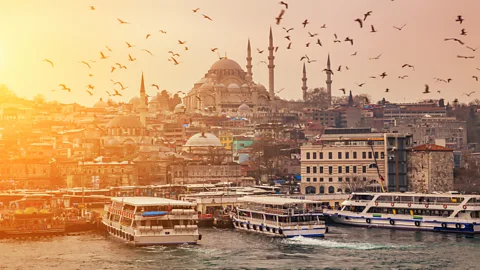
SAFETY IN ISTANBUL
Istanbul has its safety concerns, as all major cities do, but it is generally a safe place to visit. Petty crime, including pickpocketing is possible, especially in popular tourist areas and on public transportation – make sure you keep a close eye out for scammers too.
The presence of police in the city is obvious, and tourist officers are accessible to help tourists when needed. Most parts of the city listed in this guide, including Sultanahmet (the Old City), Taksim, and Kadıköy district are safe to walk around during the day or early evening. At night it is best to stay in well lit walking areas.
Visitors who understand and respect the local traditions are less likely to attract unwanted attention. Stay Safe That said, Istanbul hosts millions of visitors annually without incident and most experience the city as an exciting but safe mix of old and new.
MAIN TOURIST ATTRACTIONS
Because of its rich history and culture as a thriving metropolis, there’s seemingly no end to the iconic sights and experiences in Istanbul:
Hagia Sophia: Once a Byzantine cathedral, later an Ottoman mosque and now a museum, this extraordinary architectural achievement is one of the world’s iconic religious buildings with its dome, for 1000 years the largest in the world, flanked by gigantic chandeliers and monumental calligraphic panels.
Topkapi Palace: The sumptuous home to Ottoman sultans for 400 years, spread across stunning courtyards, gardens and the library of treasures.
Blue Mosque (Sultan Ahmed Mosque): Known for its thousands of blue tiles and six minarets, this is still an active mosque.
Grand Bazaar: Among the largest and oldest covered markets in existence, this labyrinth of shops offers everything from carpets to spices.
Basilica Cistern – An ancient underground water system that has charming lighting and interesting column with Medusa head.
Galata Tower: Spectacular views across the city and Bosphorus.
Istiklal Street: A busy pedestrian-only street with shops, cafes and a historic building.
Dolmabahçe Palace: A 19th-century assemblage of European and Ottoman splendor.
Bosphorus Cruise: Cruising the Bosphorus Strait offers sweeping vistas of Istanbul’s skyline, imposing manors that line the water’s edge, and centuries-old forts.
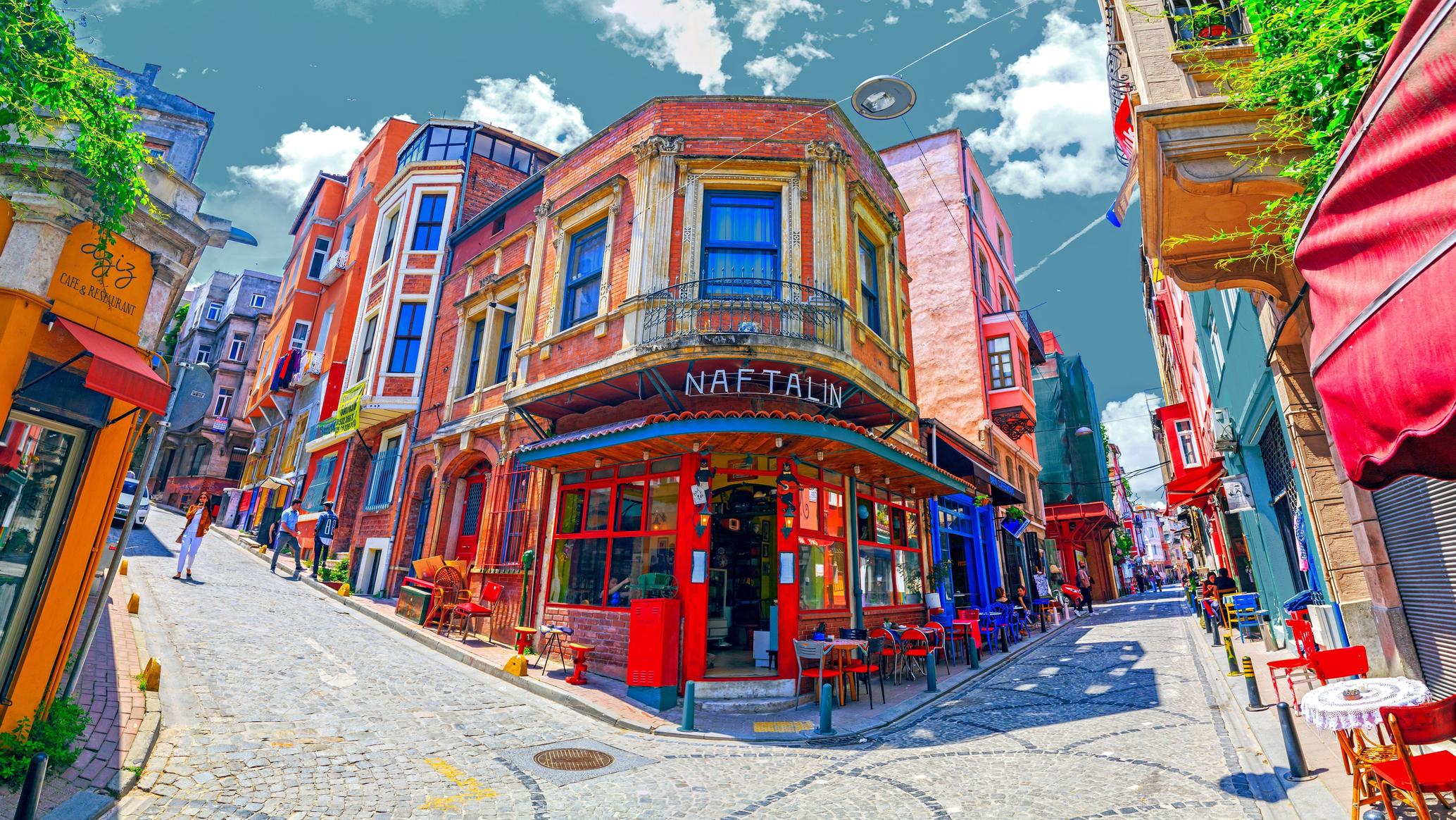
OTHER IMPORTANT ASPECTS
Cultural Prominence: Istanbul is a cultural hotspot, with such theaters, art galleries, music halls and film festivals as to fill more than just several seasons. The city juxtaposes modernist inventiveness with tradition, often merging them in colorfully eccentric ways.
Religious Mix: The city is the home to the three Abrahamic religions, with many varied places of worship and festivals.
Shopping: Whether you’re into high-end boutique shopping, browsing modern malls or strolling through centuries-old markets, Istanbul has a shopping experience for every taste and budget.
Education / Innovation A hub for education and innovation, Istanbul has a number of universities and R&D centers.
Nightlife: The city offers vibrant nightlife from rooftop bars and classic taverns to contemporary clubs that serve locals and visitors.
Istanbul is not a city, but a tale from which streams ancient history and modern life. With its lively bazaars and breathtaking mosques, things to do in Istanbul are endless Thanks to its flavorful cuisine, warm and diverse population, laid back lifestyle, Istanbul is an unforgettable experience for anyone who spends a couple of nights wandering around streets and histories looking for the old stories misleadingly intertwined with other thousand years old ones.
Synopsis: Whether you’re fascinated by the history, drawn in by the culture, or hungry for delightful food from around the world- Istanbul embraces you as not just a city that rests between continents and cultures but throughout time.
